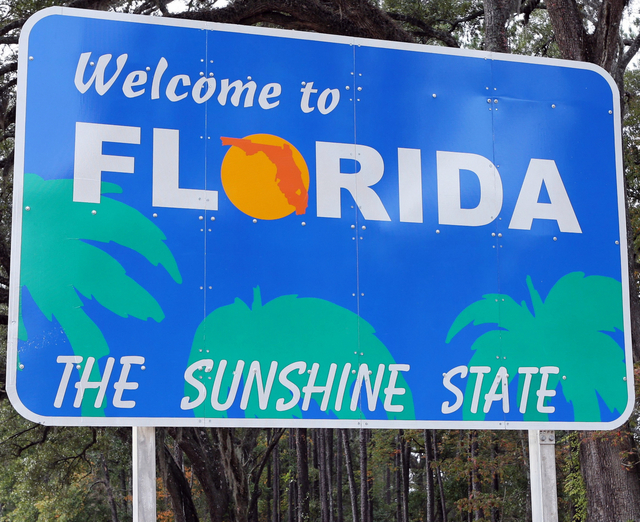Led by an expanded solar commitment from Florida Power and Light (FPL), Florida is beginning to live up to its name as the “Sunshine State” according to the Solar in the Southeast 2018 Annual Report from Southern Alliance for Clean Energy (SACE), which provides a comprehensive look at the region and highlighting solar data and trends, including Alabama, Georgia, Florida, Mississippi, North Carolina, South Carolina, and Tennessee.
Using the metric “watts per customer,” which looks at the amount of installed solar relative to the total number of customers served, SACE offers a unique analysis, with detailed information at the regional, state, and utility level. The watts per customer metric provides an unbiased standard by which utilities and states can be compared and contrasted.
Florida’s surge
Florida has four utilities who are classified as “Sunrisers” leading the way in smart solar development with the highest forecast four-year increase in this watts per customer solar ratio. The leading utilities include Tampa Electric, FPL, Orlando (OUC), and Jacksonville (JEA), who along with Duke Energy Florida almost tied at watts per customer. FPL specifically is picking up momentum with announcements that will double its annual pace of solar expansion for the next decade. Florida is also seeing a surge in residential and commercial scale solar, thanks in part to continued strong net metering policies throughout the state and the approval of several new solar leasing programs by the Florida Public Service Commission.
“We are very pleased to see some of the key utility players making significant solar commitments in the Sunshine State,” said Dr. Stephen A. Smith, Executive Director of Southern Alliance for Clean Energy. “As this development continues, Florida will become a national leader and Floridians will see real economic and environmental benefits flow to customers throughout the state.”
Report highlights
The Southeast exceeded 8,000 megawatts (MW) of solar capacity in 2018. SACE has increased its forecast to 17,000 MW by 2021 and nearing 20,000 MW for 2022.
Corporate leadership is playing a big role in driving new solar capacity, with major project announcements from corporations including Facebook, Google, Target, Walmart, and Johnson & Johnson.
Florida is emerging as a regional leader, now forecast to surpass North Carolina in solar capacity by 2022.
Tennessee and Alabama continue to lag behind other states in the Southeast with less than half the average forecast solar ratio, even with several new solar project announcements, largely driven by corporate solar demand.
SunRisers: There are some new entrants on this list of solar leaders – Walton EMC, FPL, and Orlando Utilities Commission (OUC) join four returning “SunRisers” demonstrating leading levels of planned solar growth over the next four years.
SunBlockers: There are also some repeat offenders – Santee Cooper, Seminole Electric Cooperative, and TVA remain on the list of utilities whose forecast solar ratio for 2022 will remain below the regional average from 2018.
“This analysis in our second regional solar report shines a light on the utilities and states that excel in smart solar growth and demonstrates the enormous potential that remains in the Southeast for increased solar development,” Smith said. “Using the unbiased watts per customer metric, we are also able to see which states and utilities are continuing to fall behind and need a serious course correction to avoid denying customers the economic and environmental and benefits of clean solar power. We hope that the facts presented in this report will continue to serve as a helpful tool as utilities and regulators throughout the region advance in their renewable energy planning.”
The full report can be viewed here.
— Solar Builder magazine


Leave a Reply
You must be logged in to post a comment.